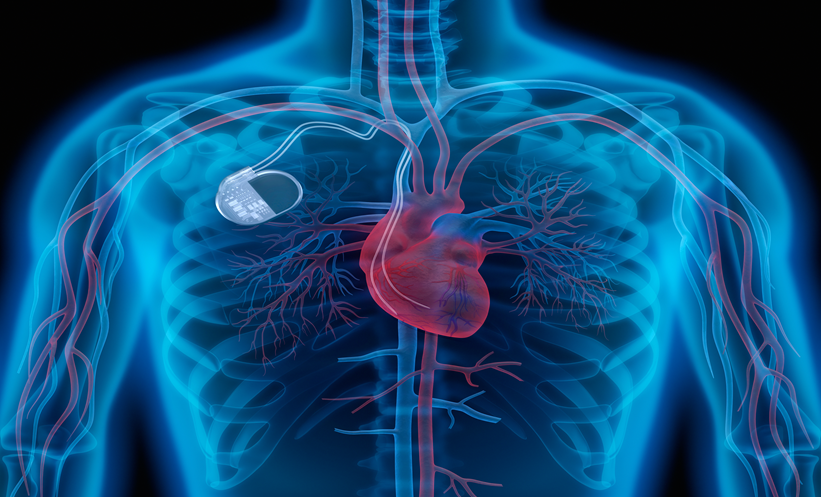Background
The optimal approach to coronary bifurcations treatment by percutaneous coronary interventions is still a subject of debate and dedicated bifurcation stents are one of the proposed solutions.1 The aim of this report was to present 12-month clinical results from the new dedicated bifurcation stent: sirolimus-eluting BiOSS LIM C® (Balton, Warsaw, Poland) Registry.
Methods
The BiOSS LIM C® is a dedicated bifurcation balloon expandable stent made of cobalt-chromium (strut thickness of 70 µm). The stent releases sirolimus (1.4 µg/mm2) from the surface of a biodegradable coating composed of a copolymer of lactic and glycolic acids. The degradation of the polymer lasts approximately 8 weeks. The BiOSS LIM C® stent consists of two main separate parts with different diameters: bigger proximally, and distally smaller. The proximal part is always shorter than the distal one (average of 1 mm). The ratio of the proximal part to the distal one varies between 1.15 and 1.30, ensuring physiological compatibility and optimal flow conditions. In the middle zone both parts are connected by two struts (2.0–2.4 mm in length after the BiOSS® stent implantation).2-5
Between August 2016 and December 2017, patients with stable coronary artery disease or non-ST-elevation acute coronary syndrome (NSTE-ACS) were enrolled into this multicentre registry. Main exclusion criteria were STE-ACS, bifurcations with Medina 0,0,1, serum creatinine level ≥2.0 mg/dL, inability to take dual antiplatelet therapy for 12 months, bifurcations with a two-stent technique prior qualification to the treatment, as well as the lack of informed consent. Written, informed consent was obtained from all patients before cardiac catheterisation. An Institutional Review Board approved the study protocol (No 84/2016).
Provisional T-stenting was the obligatory strategy of the treatment. The primary endpoint was the cumulative rate of cardiac death, myocardial infarction (MI), and clinically-driven target lesion revascularisation (TLR) at 12 months.
Results
A total of 95 patients with lesions in coronary bifurcations were enrolled (mean age 66.8±9.8 years; 17.9% female). There were 25.2% of patients with NSTE-ACS, 90.5% with hypertension, 33.7% with diabetes, 53.7% had previous MI, and 46.3% and 14.7% underwent prior percutaneous coronary intervention and coronary artery bypass graft, respectively. In most patients the target lesion was located in the left main (55.8%, n=53). It is worth stressing that true bifurcations were present in 52.6% (n=50) of patients.
The device success rate was 100.0%. The side branch was treated with an additional classical drug-eluting stent implantation in 18.9% of cases. The rate of the proximal optimisation technique was 53.7%, whereas the final kissing balloon inflation was performed in 29 patients (30.5%), reflecting a good result in the side branch after stenting.
The periprocedural MI (MI type 4a) was observed in four cases (4.2%). At 12 Months, the major adverse cardiovascular events rate was 9.5%: 1.1% cardiac death, 2.1% MI, and 6.3% clinically-driven TLR. All incidents, apart from one TLR, appeared in the left main subgroup. In case of TLR, two cases were treated with plain old balloon angioplasty, three with another drug-eluting stent, and one with coronary artery bypass graft.
Conclusion
Bifurcation treatment with a single dedicated bifurcation stent (BiOSS LIM C®) is feasible and highly successful (100.0% implantation rate). Twelve-month clinical results are promising, and long-term observations are pending.








